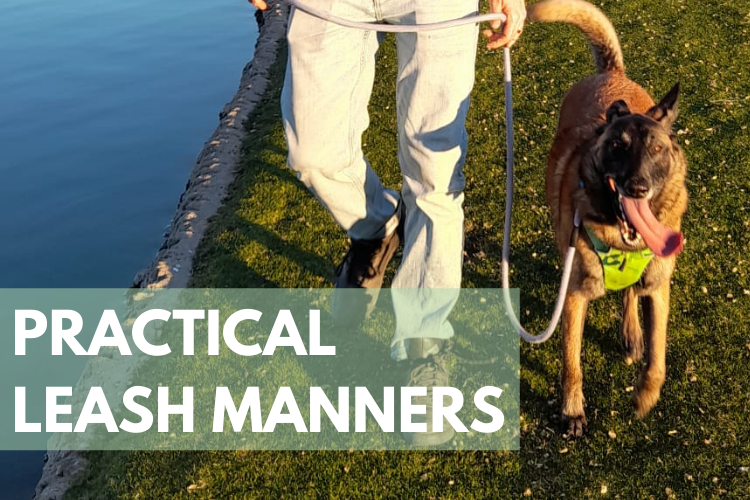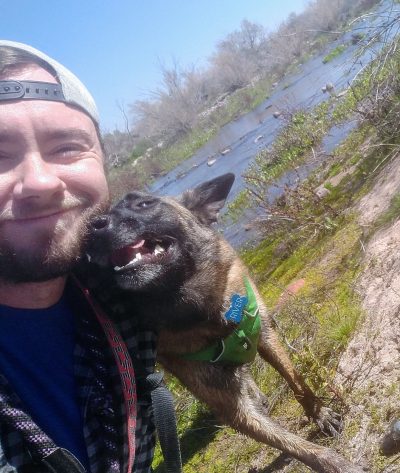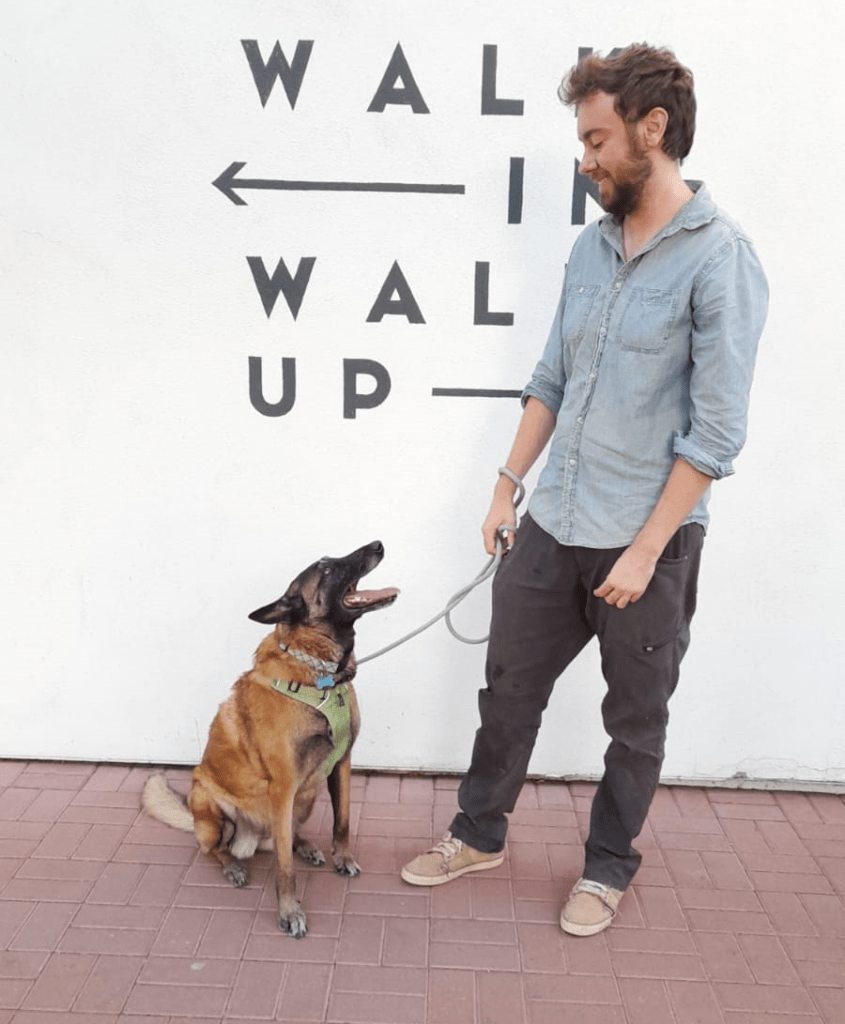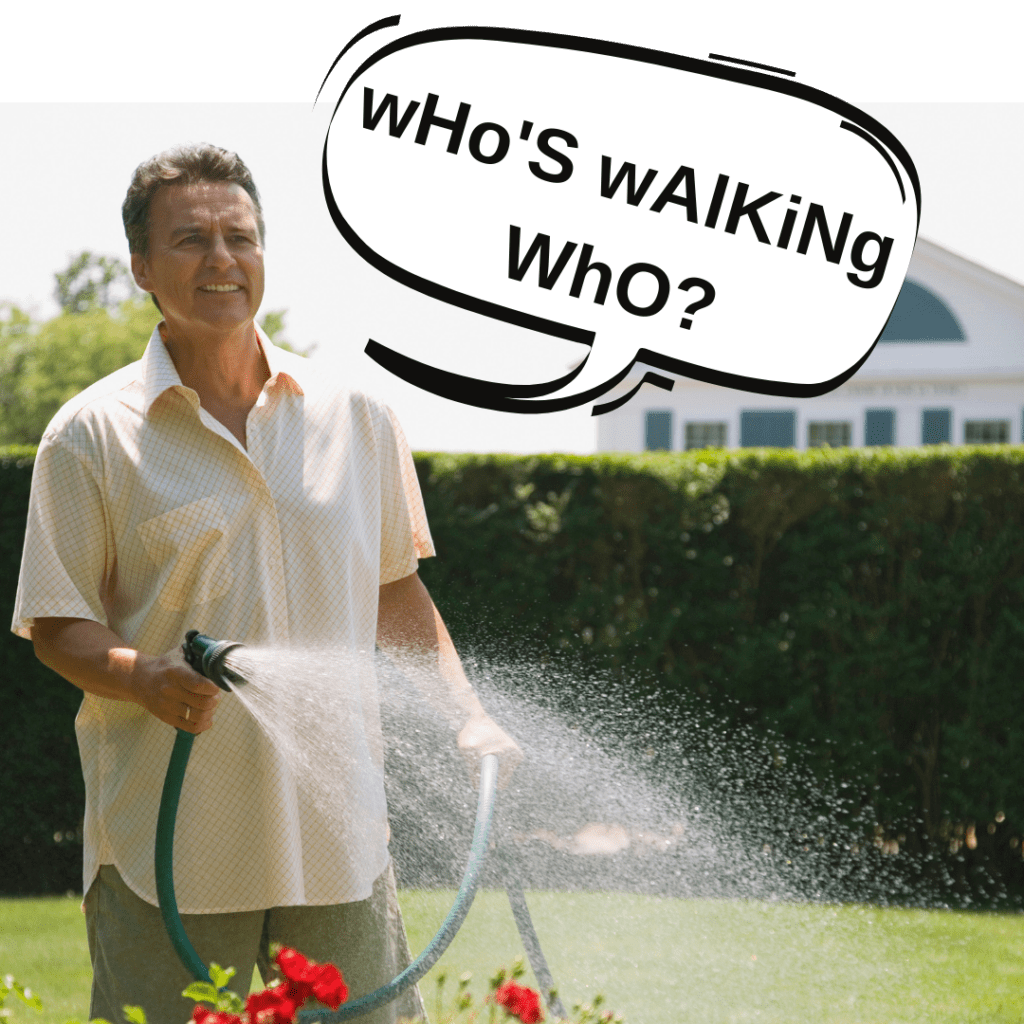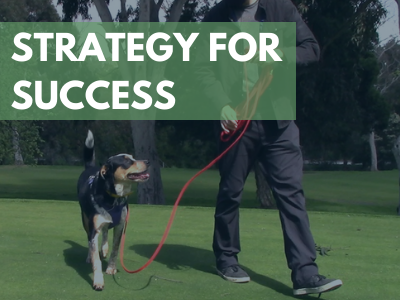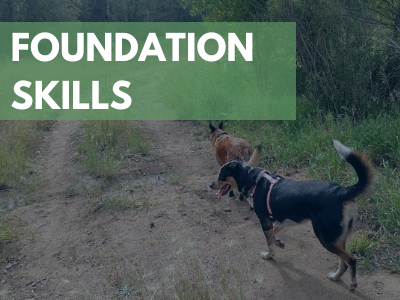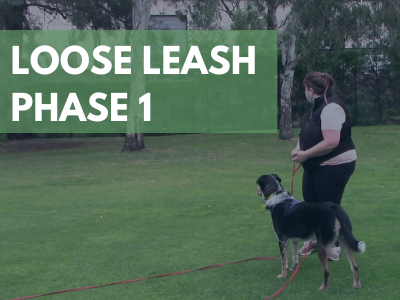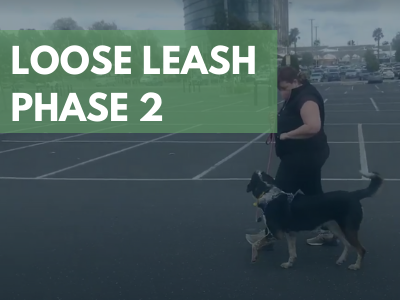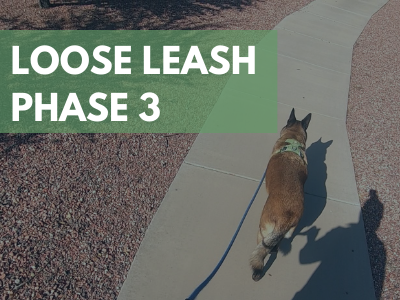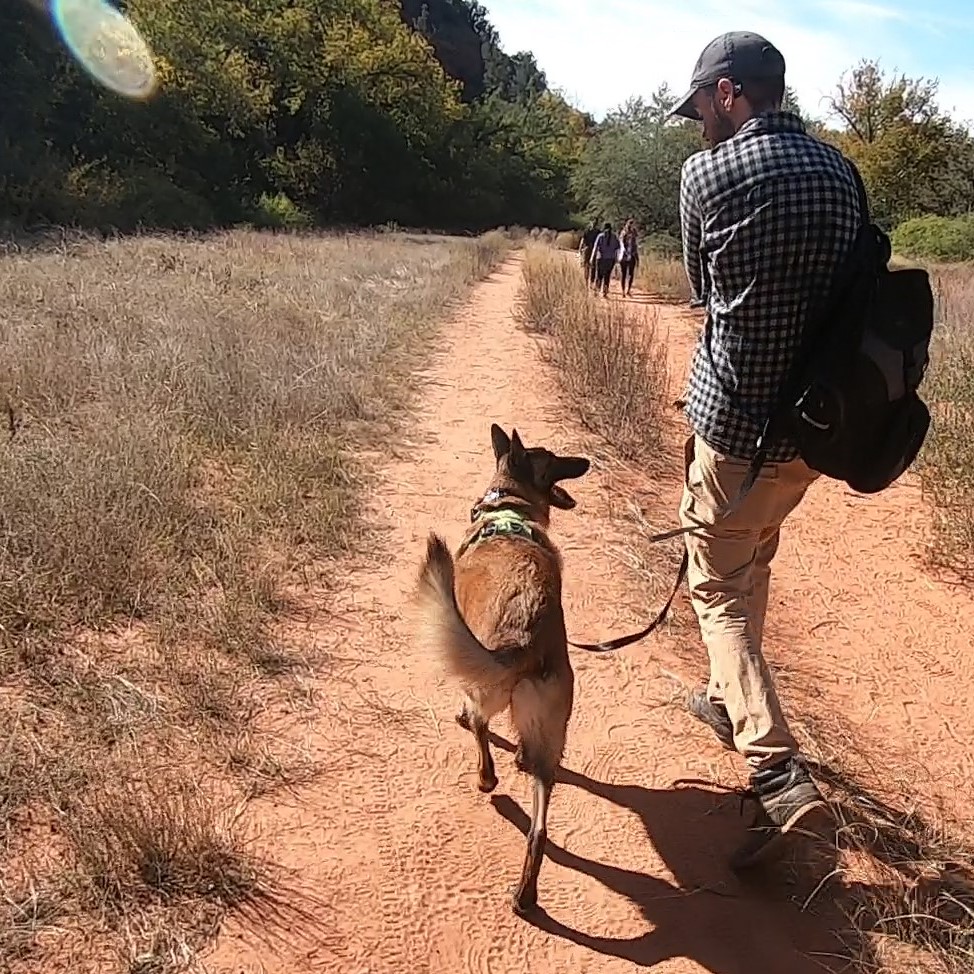
FAQ
- A leash (shocking, I know!)
- Two ways to attach a leash to your dog. We recommend a regular collar and a harness. If you have a hard time physically controlling your dog, we recommend a front-clip harness (we include harness suggestions in the course)
- Some way to carry treats on you. Either a wearable treat pouch, or pants with pockets that you don’t mind getting a little messy
- Optional but highly recommended: a longline, which is a training leash at least 6m (20ft) long
It’s designed to be completed in about three months if you work on the Foundation Skills module at the same time as Loose Leash Phase 1, or four months if you choose to work on Foundation Skills separately first.
Of course, it may go faster or longer depending on your specific dog, and how much time you can dedicate to training. That’s the beauty of a self-paced course: proceed at whatever pace works for you!
That kind of behavior, usually called reactivity, isn’t covered in Practical Leash Manners. Loose leash walking is a useful skill for reactive dogs to have, but if you’re looking for a direct solution to the barking and lunging, this is probably not the right course for you.
Thanks for asking! The training methods are positive reinforcement/reward-based. We teach the dogs exactly what behavior we want, and strengthen those behaviors with a wide variety of reinforcers.
We also teach the dog that when they pull, forward motion stops. This is technically a punishment (in the negative punishment quadrant of operant conditioning, if you’re into the nerdy stuff), but it’s taught in a way that keeps frustration to a minimum.
We don’t use collar corrections, leash jerks, or other types of physical punishers.
